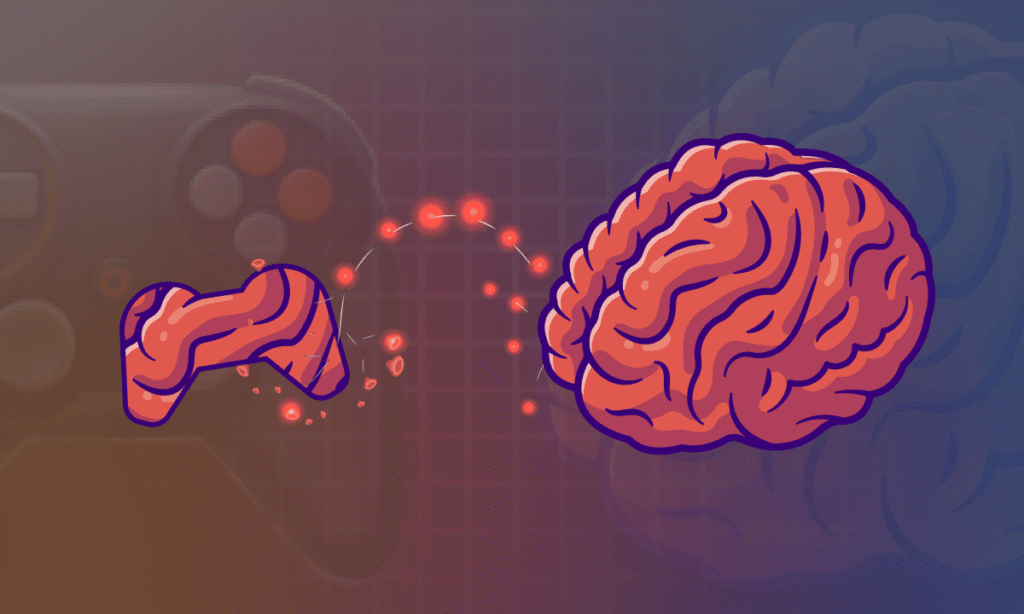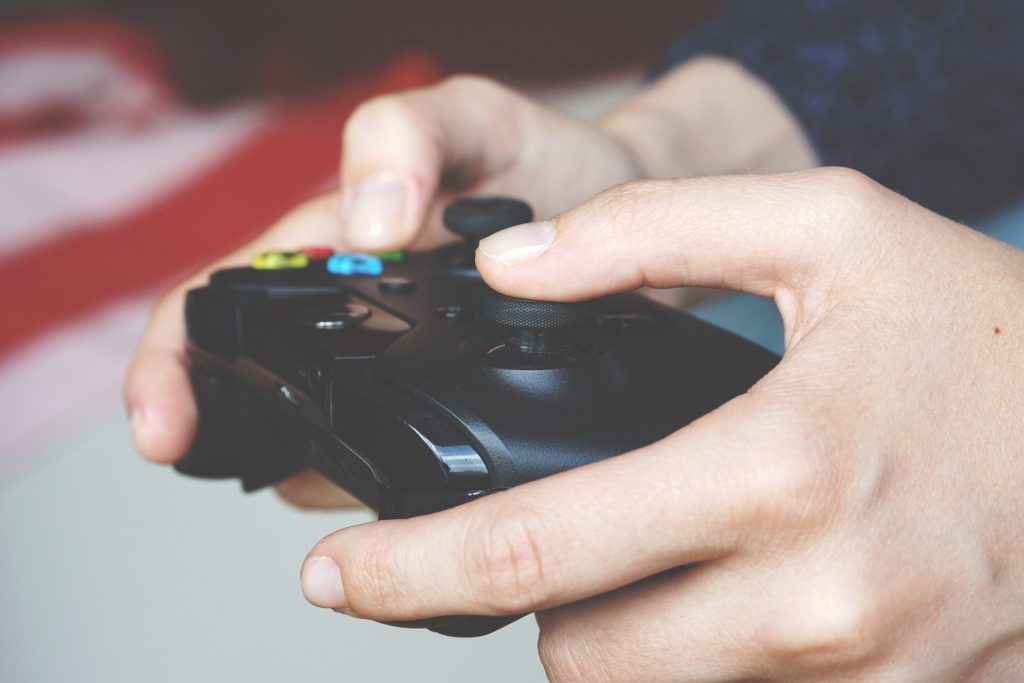Understanding what keeps players hooked—and when it becomes a problem
Gaming has become one of the most popular forms of entertainment in the world, enjoyed by people of all ages, backgrounds, and lifestyles. But for some, the line between hobby and habit blurs. What starts as fun can evolve into an unhealthy compulsion. This is where gaming addiction comes in—a psychological condition now recognized by experts around the world.
In this post, we’ll explore the psychology behind gaming addiction: how games are designed to keep us playing, what happens in the brain during gameplay, and how to recognize when gaming becomes harmful.

What Is Gaming Addiction?
Gaming addiction, also known as Internet Gaming Disorder (IGD), is characterized by a compulsive use of video games despite negative consequences in one’s personal, social, or professional life.
In 2018, the World Health Organization officially classified Gaming Disorder in the International Classification of Diseases (ICD-11). It includes symptoms such as:
- Loss of control over gaming
- Prioritizing gaming over other interests or responsibilities
- Continuation of gaming despite harmful consequences
It’s important to distinguish addiction from passion. Not everyone who plays a lot of games is addicted. But when gaming begins to interfere with real life, it’s time to take a closer look.
Why Are Games So Addictive?
1. Reward Systems and Dopamine
Games are expertly designed to trigger the brain’s reward system. Every achievement—whether it’s leveling up, defeating a boss, or getting a rare item—releases dopamine, the “feel good” neurotransmitter. This release encourages players to keep playing, chasing the next reward.
Many games use variable ratio reinforcement, a concept from behavioral psychology where rewards come unpredictably—just like a slot machine. This unpredictability is more addictive than fixed rewards.
2. Progression and Goals
Games provide clear goals and a sense of progress, something that’s often missing or ambiguous in real life. From XP bars to skill trees to story missions, games give players a structured path to improvement and mastery.
This sense of progression gives players:
- A feeling of accomplishment
- Control over outcomes
- Continuous motivation to “do just one more quest”
3. Social Validation and Belonging

Multiplayer games, especially MMOs and online shooters, provide social environments where players form teams, friendships, and communities.
Social needs met through gaming:
- Belonging (guilds, clans, teams)
- Status (rankings, skins, trophies)
- Competition and cooperation
The social component creates peer pressure and fear of missing out (FOMO)—especially in games with time-limited events, ranked seasons, or daily login rewards.
Gaming and the Brain: What Science Says
Research shows that gaming stimulates several areas of the brain:
- Nucleus accumbens (reward processing)
- Amygdala (emotional responses)
- Prefrontal cortex (decision-making)
Over time, excessive gaming can rewire neural pathways, reinforcing compulsive behavior. This is similar to what’s observed in gambling and substance addiction.
Withdrawal Symptoms
Some individuals experience withdrawal-like symptoms when they try to stop gaming, such as:
- Irritability
- Anxiety
- Restlessness
- Depression
These symptoms are especially common in younger gamers whose identities are strongly tied to online communities or achievements.
When Gaming Becomes Harmful
Not all gaming is problematic. In fact, it can have benefits—improving reflexes, decision-making, and social interaction. But here are some warning signs that may indicate addiction:
Behavioral Signs:
- Neglecting school, work, or relationships
- Lying about gaming time
- Loss of interest in other activities
- Failed attempts to reduce play time
Emotional Signs:
- Feeling anxious or angry when not playing
- Using games to escape real-life problems
- Guilt after long gaming sessions
Physical Signs:
- Fatigue from late-night gaming
- Eye strain or headaches
- Poor hygiene or nutrition habits
If these symptoms persist for more than 12 months, they may qualify as a diagnosable disorder, according to WHO guidelines.
Who’s Most at Risk?
Gaming addiction can affect anyone, but some groups are more vulnerable:
- Teenagers and young adults (due to identity formation and peer pressure)
- People with mental health issues, like anxiety, ADHD, or depression
- Individuals with low self-esteem or social difficulties
- Highly competitive personalities, drawn to ranked or skill-based games
Coping Strategies and Treatment

1. Digital Detox and Time Limits
Using apps or parental controls to limit gaming time can be effective. Set time blocks for gameplay and stick to them. Use alarms or reminders to take breaks.
2. Replacement Activities
Encourage hobbies that offer similar rewards:
- Sports or fitness (physical achievement)
- Art or writing (creative outlet)
- Social clubs or events (connection)
3. Cognitive Behavioral Therapy (CBT)
CBT helps identify the thought patterns driving compulsive behavior. Therapists work with individuals to set goals, challenge negative thoughts, and build healthier habits.
4. Family and Social Support
Open communication within families is key. Avoid shame or punishment—instead, try understanding why the person is turning to games.
Healthy Gaming Habits
If you love games (and most of us do!), here are some tips to enjoy them responsibly:
- Take breaks every hour (use the 20-20-20 rule)
- Don’t skip meals or sleep to keep playing
- Keep gaming in balance with physical activity
- Track your playtime with apps or journals
- Ask yourself: Is this game adding to my life, or taking something away?
Final Thoughts
Gaming is one of the most immersive, powerful forms of entertainment ever created. It can inspire, connect, challenge, and comfort us. But like any powerful tool, it can become harmful when used to escape reality or avoid pain.
Understanding the psychology behind gaming addiction isn’t about blaming developers or shaming players. It’s about creating awareness—so we can enjoy games without letting them control us.
Whether you’re a gamer, a parent, or just curious about the topic, recognizing the signs and knowing the science is the first step toward a healthier relationship with games.


Leave a Reply